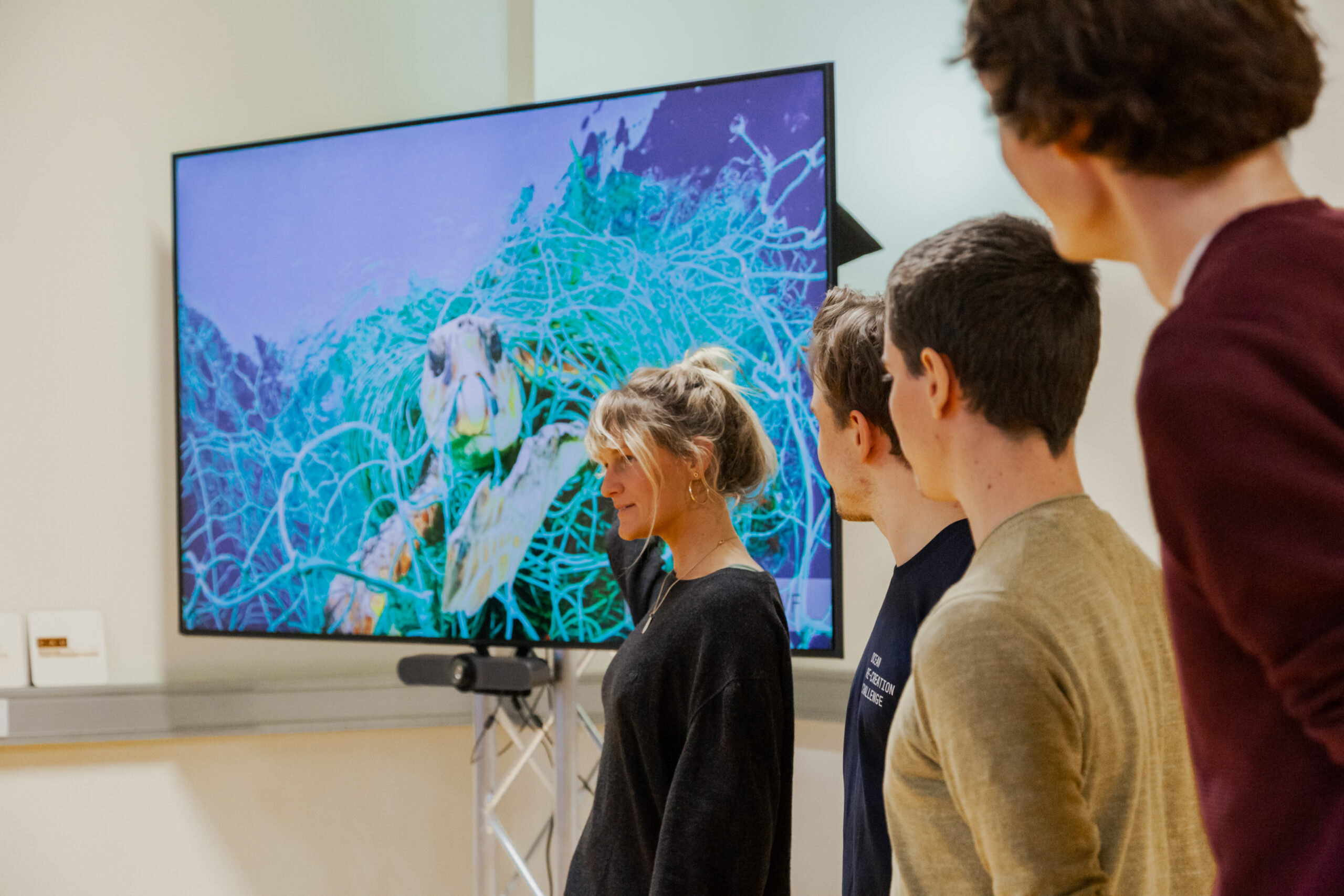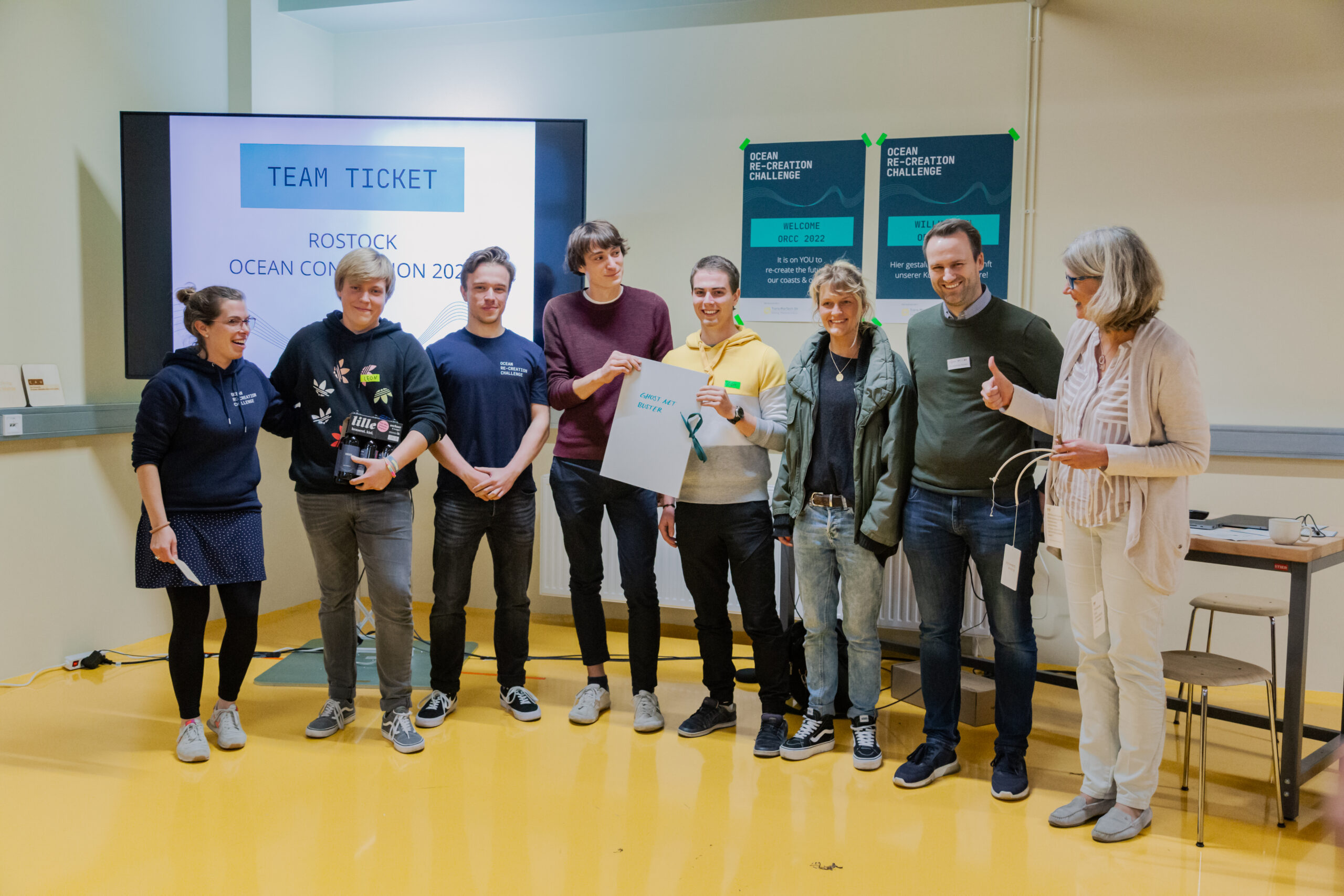Challenge – Ghostnets
They get caught on the seabed, tear themselves loose in storms or are illegally disposed of – there are many ways in which stray fishing nets end up in the sea. There they become a deadly trap for marine life and also account for between 30 and 50 percent of marine plastic. The impact of drifting ghost nets on the marine ecosystem is enormous.
Before they can be recovered, however, they must first be found.
One of WWF’ s first approaches to solving the problem is to collect sonar data by scanning the seafloor. However, manual sifting of the material to identify ghost nets is very laborious and time-consuming.
This is exactly where Team Ghostnetbusters comes in! Mia, Aron, Leon, Moritz, Phillip and Andrei set themselves the task of further developing the solution approach in order to automate the process. Through dynamic collaboration and the interdisciplinary makeup of the team, they succeeded during the hackathon in developing a user-friendly open source program to accelerate the identification of ghost networks.


Small spoiler: The team has managed to develop a program that reduces the analysis time of the sonar data by about 70%!
For this purpose, they dealt in the first step with the conversion of sonar data into image files. This was followed by the reduction of the amount of data by splitting it into small packets so that it was easier for any algorithms to handle. The next step was to analyze the image packages and identify “points of interest”. The coordinates of the “Points of Interests” were calculated and small thumbnails were generated. This was followed by the creation of output files to illustrate the “Points of Interst” on a map. The final goal was the creation of a user interface on which users can easily perform the listed steps.
Within a short period of time, an open source program could be developed that detects actual “points of interest” and thus ghost networks even without special knowledge about image recognition or AI. The idea also convinced the jury, who awarded the team 1st place at #ORCC22.
Next Step: The Rostock Ocean Convention from 16. until November 17! There, the team will once again present their concept to companies and scientists from the Blue Economy as well as potential partners.
Copyright: Nicole Riederer Lightnic Photography
